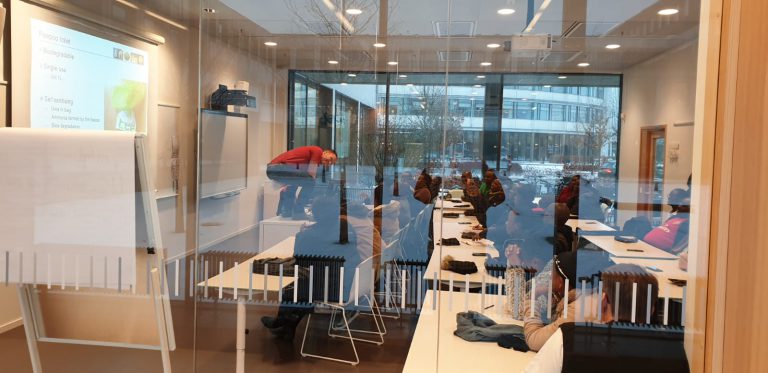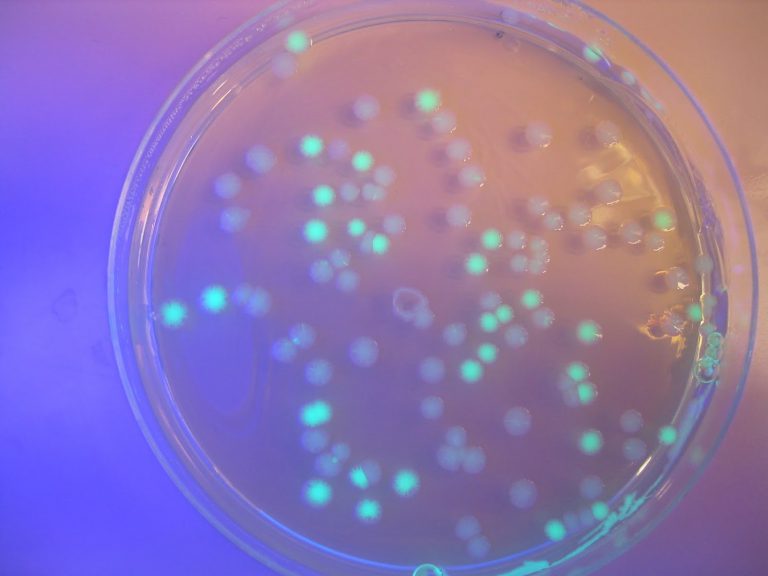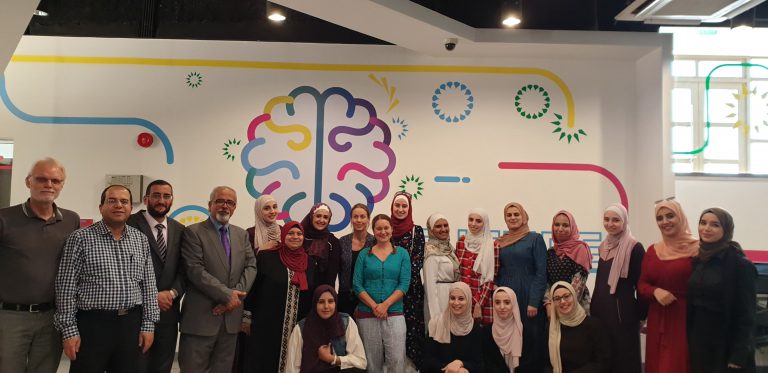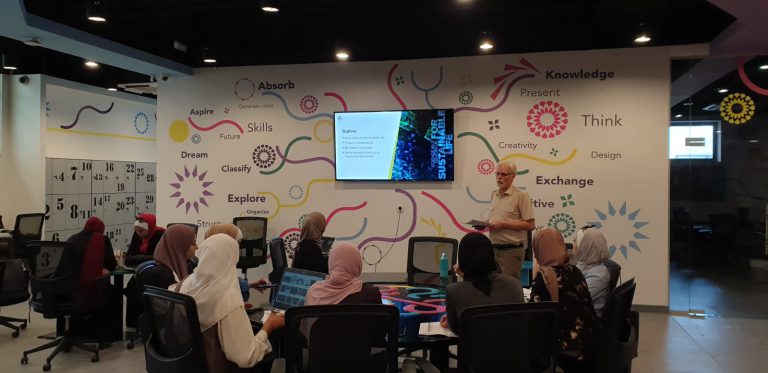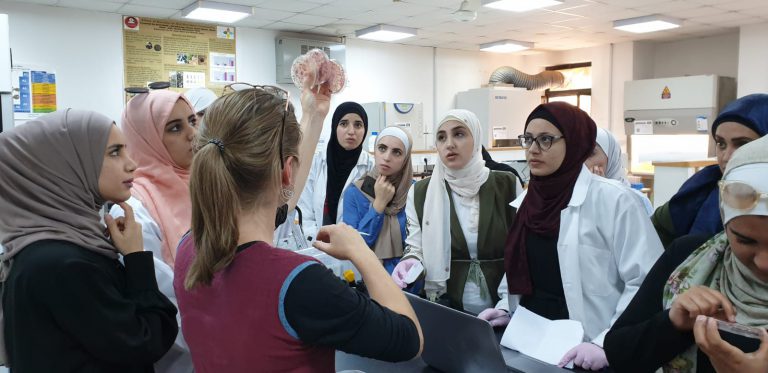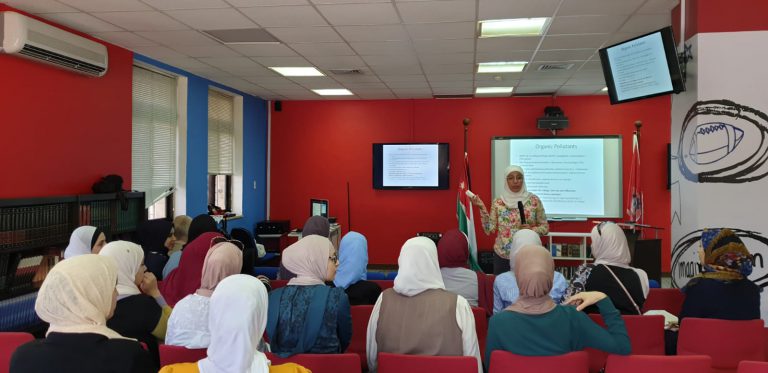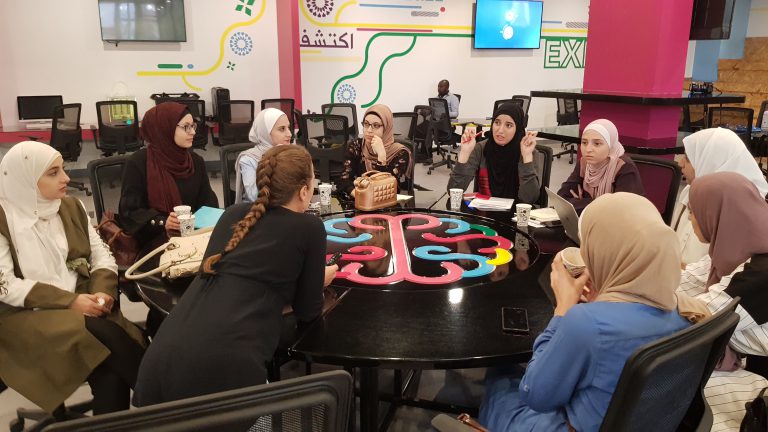The SPANS project (Sanitation Planning for Alternative Nutrient-recovery Systems) has developed a serious game as a way of informing decision-making in sanitation planning incorporating the recycling of nutrient resources. The game has been tested with decision-makers and university students in Uganda and Sweden. Participants have found the game fun and useful for discussing challenges in sanitation planning.
The game is an board game that is designed for playing with a group of 4 participants. See this video for details of the game.


